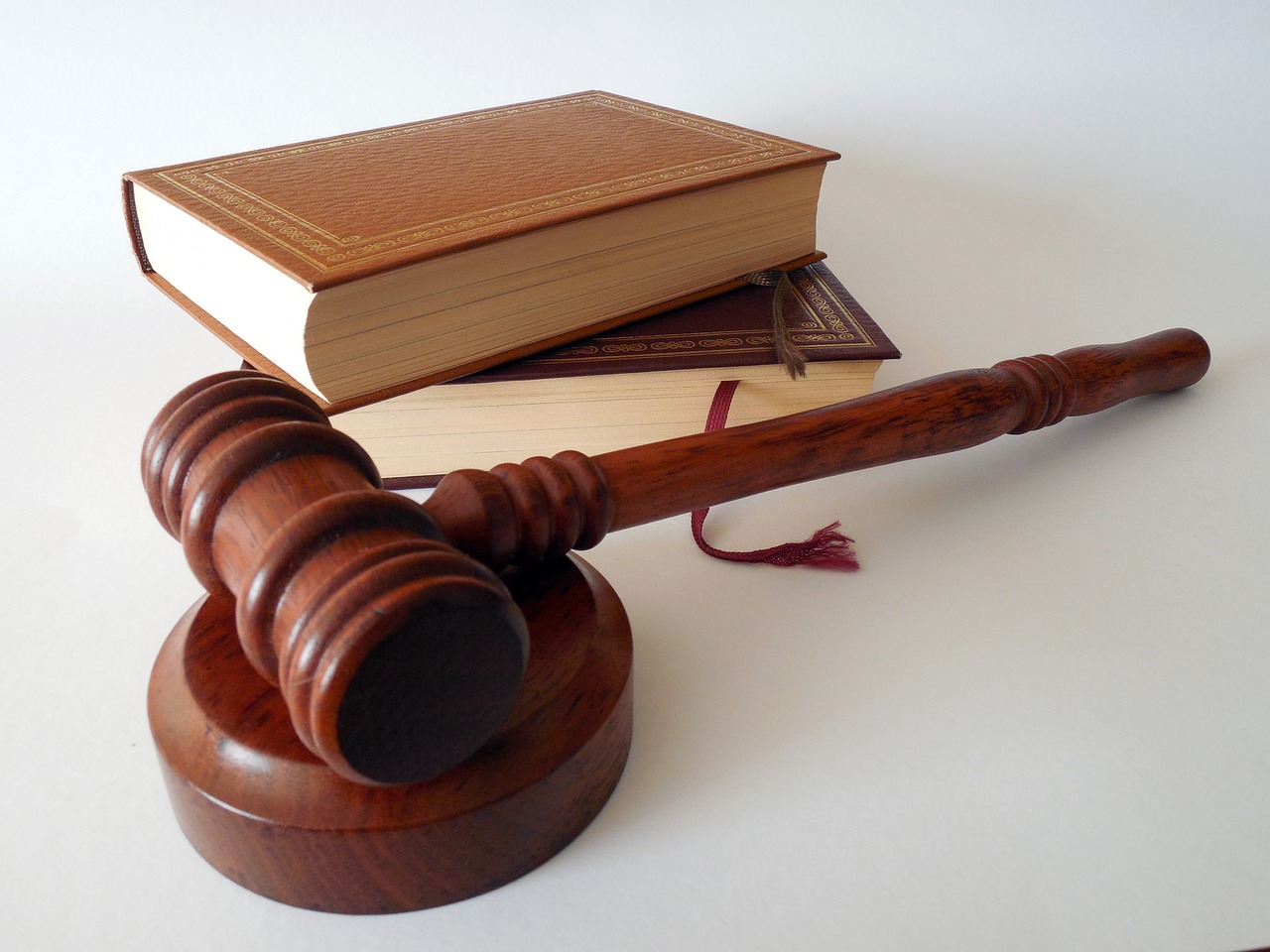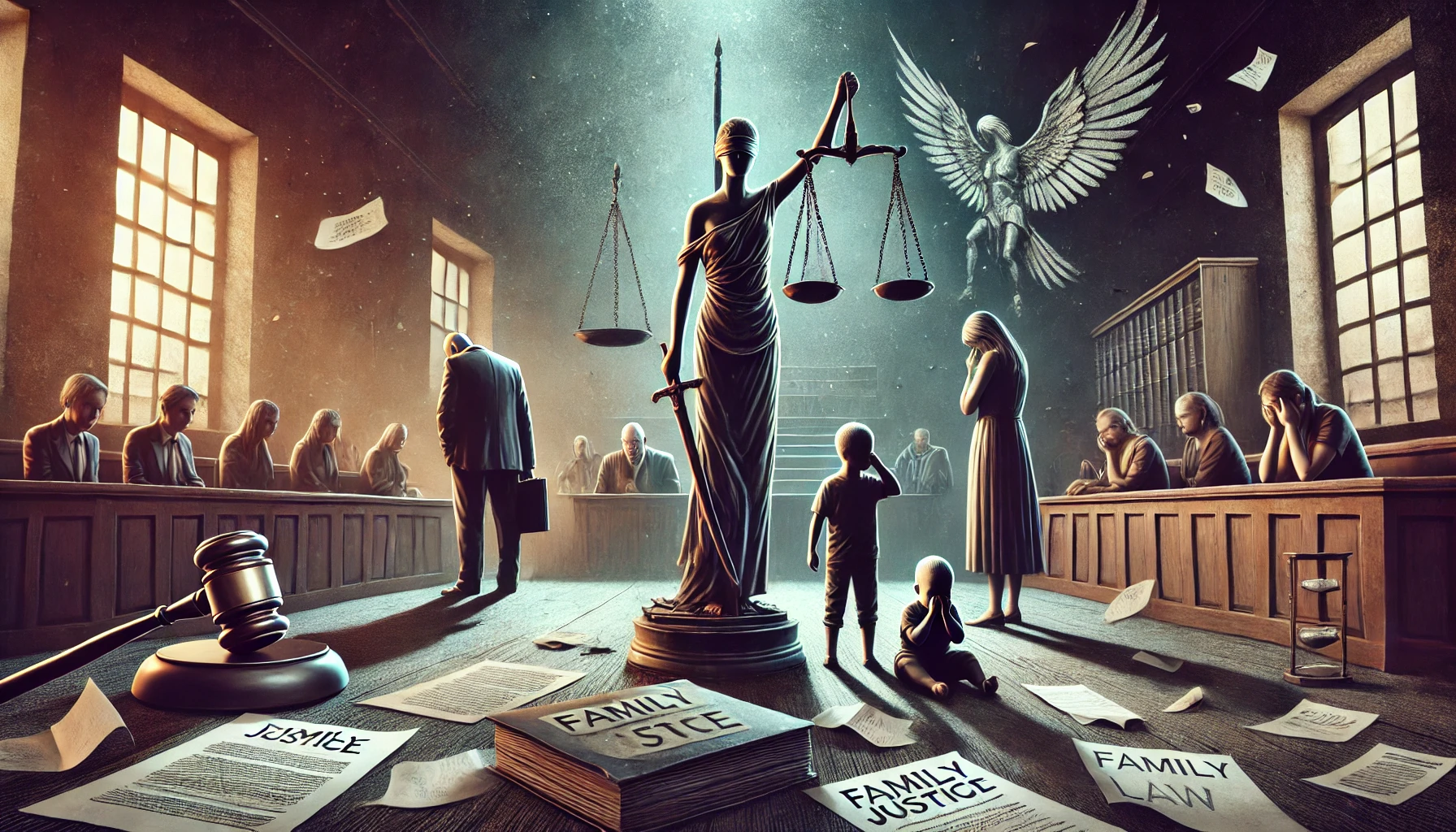Published On: 30th October, 2024
Authored By: Mehak Mustafa
City St Georges University of London
Introduction
Case law consists of legal principles set by judges in individual cases, which are then applied to future cases with similar facts. This process establishes what is known as precedent—past judicial decisions that guide rulings in similar cases. [1] This concept is rooted in the Latin maxim stare decisis, meaning “to stand by things decided.”[2] It emphasizes that once a legal decision is made, it should be consistently followed in future court rulings involving comparable circumstances.
Precedent plays a crucial role in the legal system by promoting fairness and consistency, ensuring that similar cases are treated equally, regardless of an individual’s socioeconomic background.
However, not all precedents carry the same weight in the legal system. The impact of a precedent depends largely on the court that establishes it, as the hierarchical structure of courts determines which decisions are binding and which are merely persuasive. In the UK, for example, the principle of stare decisis operates within a tiered court system, where decisions made by higher courts are binding on lower courts. This structure ensures a clear order of authority in how precedent is applied across cases.
The Concept of Precedent
As we established, precedent are past judicial decisions which are used by court lower down in the hierarchy to guide the rulings in similar cases. There are three types of precedent we have binding precedent, persuasive precedent and original precedent.
Binding Precedent is a fundamental principle in the English legal system, where decisions made by higher courts create legal rules that lower courts must follow in future cases.[3] Here we can introduce the concept of Ratio Decidendi which means ‘reason for decision’ and is an integral part to a case as it is the cases judgment which is passed down as precedent for the lower courts to follow as the binding precedent.
In this hierarchical system, the Supreme Court stands at the top. Decisions made by the Supreme Court, previously known as the House of Lords, are binding on all lower courts, including the Court of Appeal, High Court, Crown Court, County Court, and Magistrates’ Court. This binding nature extends to the Supreme Court’s own previous decisions. However, the Court is not entirely constrained by its past rulings; it can depart from its own precedents using the 1966 Practice Statement, which allows it to overturn earlier decisions in exceptional circumstances where justice demands it.[4]
The Court of Appeal is divided into two distinct divisions: the Civil Division and the Criminal Division. Its decisions are binding on all lower courts, including the High Court, Crown Court, County Court, and Magistrates’ Court. Although the Court of Appeal generally adheres to its own previous decisions, it is required to follow Supreme Court precedents. Moreover, the Court of Appeal has the authority to depart from its earlier decisions if they were made per incuriam—meaning by mistake or with a lack of care an instance where this happened was Williams v Fawcett[5] where the court of appeal refused to follow one of its previous decisions of their own as it had been based on a misunderstanding of the county court rules.
The High Court’s rulings are binding on all lower courts, such as the Crown Court, County Court, and Magistrates’ Court. This ensures that the principles established by the High Court are consistently applied in lower courts.
Decisions made by the Crown Court are binding on Magistrates’ Courts and County Courts for criminal matters. However, the County Court and Magistrates’ Court have decisions that do not create binding precedents for other courts, although they may still be persuasive.
This leads us to the discussion of the second type of precedent: persuasive precedent. Persuasive Precedent is not binding meaning it does not have to be followed by any court however it can be taken into consideration and influence the decision making of a court case.[6] There are different forms of persuasive precedents the main one being obiter dicta which is the Latin phrase meaning ‘other things said’. The obiter dicta include comments made by judges that are not central to the decision but offer valuable insight or guidance on a certain topic, an example of this can be in the case of R v Gotts[7] where the House of Lords followed the obiter statement in R v Howe[8] on the fact that ‘duress is not a defence to murder. Other forms of obiter dicta are decisions made by the judicial committee of the privy council, dissenting judgments, and decisions of courts in other countries especially where the country has a common law system.
Original Precedent is where when a new legal point arises, and the judge passes a legal judgment on it then that forms new precedent for future cases to follow.
Methods of Handling Precedent
There are 4 methods of handling precedent: following, overruling, reversing and distinguishing.
Following is self-explanatory basically meaning that once a precedent is made it must be followed in cases with the same legal facts.
Overruling is when during a later case the judges in a higher court will deem a past precedent wrong and will use overruling to change the decision made in the earlier case so for example the Supreme Court could overrule the decision of the court of appeal. This can also apply to the Supreme Court overruling one of its past decisions using the practise direction 3 and 4 2009. This can be seen in the case of Pepper v Hart[9] where the House of Lords ruled that Hansard can be considered when trying to decide what certain words in an act of parliament meant this overruled the past decision of Davis v Johnson[10] which has the opposite decision.
Reversing is where in an appeal case a higher court alters the decision of the lower court e.g., the court of appeal changing/reversing the decisions of the high court to come to a different view of the law. The decision of the appeal court will then be substituted for the decision of the lower court. An example of this was in the case of Sweet v Parsley[11] where house of lords reversed the decision of the Queen’s Bench Division.
Distinguishing allows a judge to avoid using a past binding precedent which would otherwise have to be followed. This allows the court to render a different decision while maintaining the authority of the precedent in cases with similar facts. The cases of R v Brown[12] and R v Wilson[13] illustrate distinguishing, as consent was accepted in Wilson, where a wife was branded by her husband, but rejected in Brown involving homosexual sadomasochistic acts.
Advantages of Precedent
Judicial precedent presents several key advantages, with consistency and fairness being the foremost, alongside the added benefits of timesaving in decision-making and flexibility within the legal system.
Precedent saves time by allowing judges to make quicker decisions. When a case with similar facts has already been decided, judges can apply the established precedent without extensive deliberation. Additionally, it enables lawyers to provide more accurate advice to their clients, explaining that if a case with comparable facts has been previously decided, it may not be worth pursuing litigation, avoiding the lengthy and costly process.
Precedent also provides flexibility as it allows the law to stay updated with the moral standards at the time allowing judges to use methods such as the practise statement, overruling, distinguishing and reversing to depart from either outdated decisions or those which have been made per incuriam.
Disadvantages of Precedent
Judicial precedent can have drawbacks, including rigidity and the creation of illogical distinctions.
Judicial precedent tends to be rigid because once a legal principle is established, it must be adhered to in future cases, regardless of changes in circumstances or societal attitudes. Lower courts are obligated to follow decisions set by higher courts, which can restrict their ability to adapt the law to new developments. This rigidity can lead to outdated or inappropriate rulings being enforced, as judges may be hesitant to depart from established precedent, even when a different approach might better suit contemporary issues.
Illogical distinctions can happen when judges use distinguishing to avoid past decisions, but this can lead to ‘hair splitting’ which is the fact that trivial or minute details of cases will be looked at to differentiate them from other cases to avoid using binding precedent.
Conclusion
In summary, judicial precedent is crucial to maintaining consistency and fairness within the legal system, ensuring that similar cases are decided with uniformity. The hierarchical court structure supports this by binding lower courts to the decisions of higher courts. While precedent streamlines decision-making and offers predictability, it can also introduce rigidity and lead to overly technical distinctions. Despite these issues, the ability to adapt through mechanisms like overruling and distinguishing helps balance stability with the need for legal evolution, making precedent a vital component of the judicial process.
Reference(s):
[1] James L. Dennis, Interpretation and Application of the Civil Code and the Evaluation of Judicial Precedent (1993) 54 (1) Law Journal, 4,17
[2] Michael J. Gerhardt, Power of Precedent (2011) 8
[3] Jeffery C. Dobbins, Structure and Precedent, (2010) 108 (8) Law Journal, 1460, 1496.
[4] Ibid 1463.
[5] [1986] Q.B. 604.
[6] Jeffery C. Dobbins, Structure and Precedent, (2010) 108 (8) Law Journal, 1462, 1496.
[7] [1992] 2 AC 412.
[8] [1987] 2 WLR 568.
[9] [1992] 3 WLR 1032.
[10][1978] 2 WLR 553.
[11] [1970] AC 132.
[12] [1993] 2 All ER 75.
[13] [1996] 2 Cr. App. R. 241.





